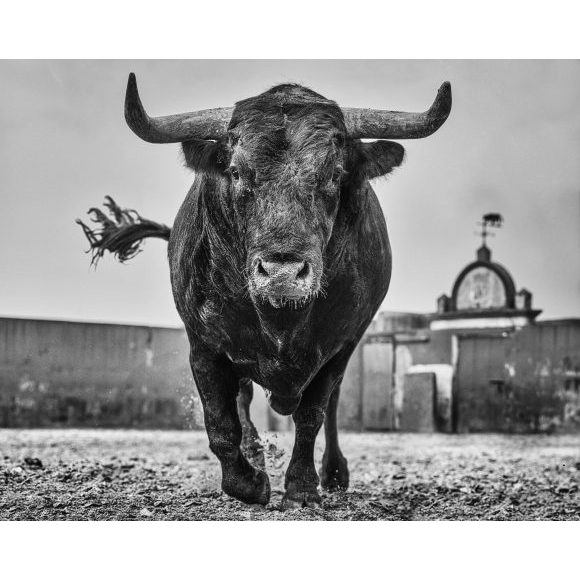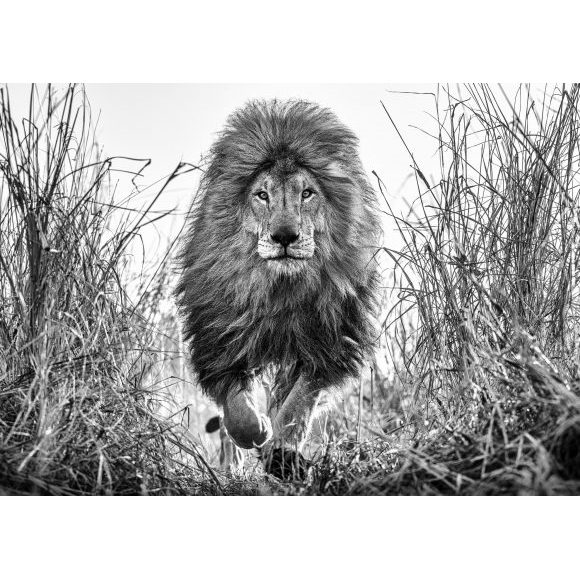Letter From Shanghai
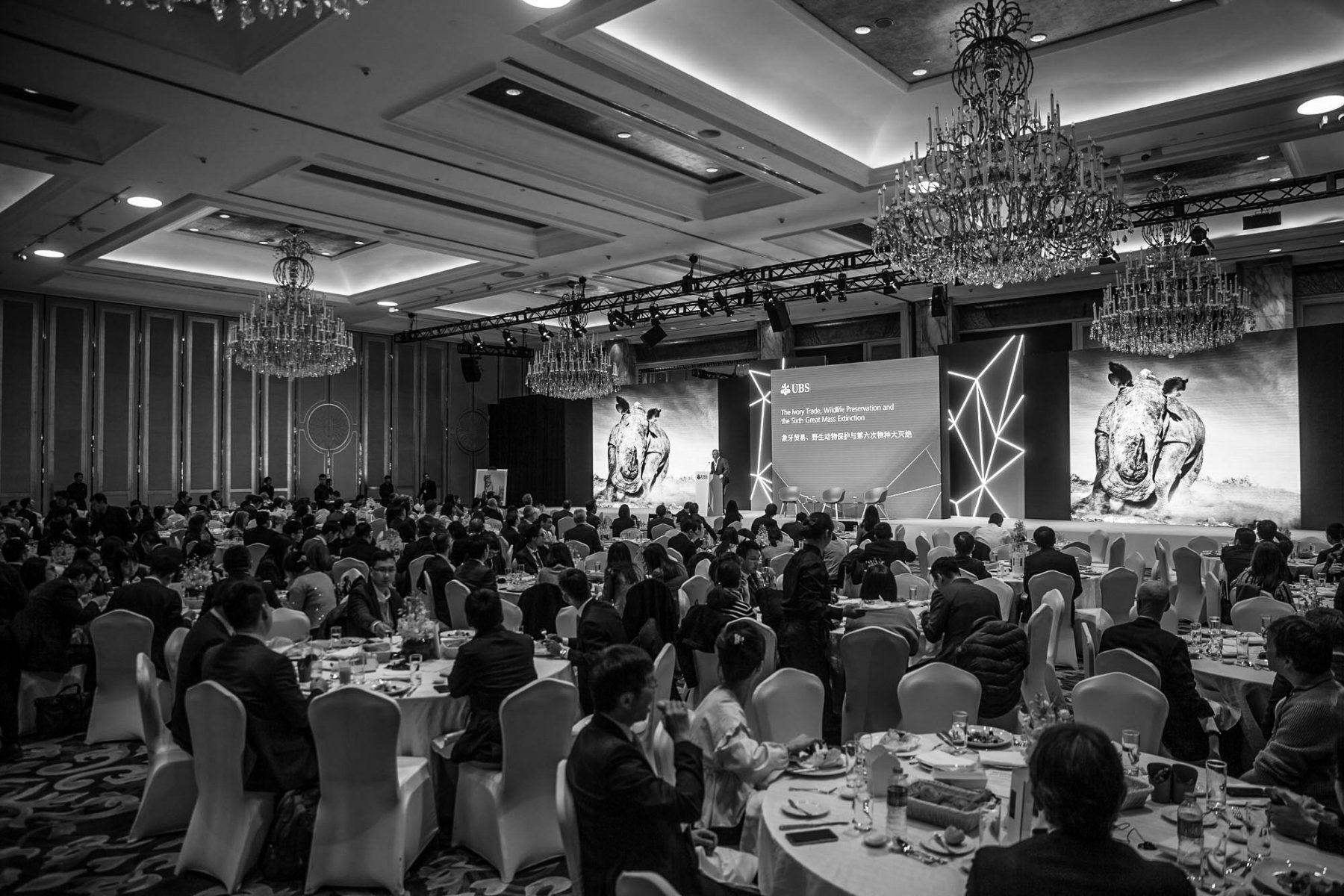
All exits from the arrivals halls at Pudong International airport in Shanghai are dominated by large billboards that boldly shout; “Freedom, lofty aspiration, intelligence, modesty and harmony.”
A few days in the city offered a story that corroborates this introductory message. The city is the showcase of the cultural revolution and Shanghai – were it a standalone country – would now produce a GDP that comfortably places it within the top 25 economies in the world. There is formidable intelligence and aspiration for sure, but there is also a sense of harmony – as if the city population has fully adjusted to its remarkable transformation and is now taking a breather before thinking what to do next. To the visitor, Shanghai seems very at peace with itself.
But the speed and scale of what
has happened has been so titanic that the fairytale cannot be without baggage. There are now 160 Chinese cities with a population of over 1 million. In every case, old Chinese buildings may have been demolished and new cities created from the ground up, but under this shiny surface, the culture of generations remains proudly intact. Much of this culture is no doubt admirable. As the billboards suggest, modesty, as well as aspiration, remains central to the Chinese ethos.
But then there are the quirks that expose a deeply alien culture to the West. Chinese attitudes are harder to airbrush out than embarrassingly primitive factories or housing. If the Chinese feel the need to improve something, they will and if they don’t feel the need, they won’t. So, a regional airport will be rebuilt to dwarf Terminal 5 at Heathrow in a heartbeat, but don’t ask them to
introduce irony into conversation or pour a glass of red wine with the gentle touch of an Italian waiter in Portofino.
And to be frank, why the hell should they care? The aspirational and educated Chinese have had enough on their plate turning their economy into one that is now five times the size of the UK’s. They have little time or interest in worrying why “Debrett’s guide to etiquette and modern manners” is not a best seller in the shops of Shanghai.
Nowhere is the cultural divide between the West and China more evident than in the Chinese regard for animals. At its most basic level perhaps consider the dog. It is actually now the year of the dog in China, but surely that is an attempt to embrace the aforementioned irony than a statement of love and intent.
n California, where I now spend much of my time, Amazon has left many high streets bereft of traditional retailing and the gap has been filled by coffee and the dog. One day soon, I fancy, there will be a West Coast rock band called “Coffee and the dog”. It’s not just dog grooming – that’s behind the curve – it’s dog hotels, dog nails and dog shrinks. The average US retail park has more dog toys and sex toys on sale than kid’s toys.
Gourmet dog food is now a growth market in the US, but in China the dog may remain the gourmet. It’s not the poor dog’s fault, but nor is it the fault of the Chinese. The country has been on an unprecedented economic fast track and the dog, whilst considered an auspicious animal, is simply not on their daily agenda. Animals in China are ancillary to the very big story of 7% GDP growth year after year after year. They evade the broader sensibilities of both those enfranchised by capitalism and those that have been passed by.
And so it was that I was asked this January to speak at the annual UBS conference in Shanghai on the rather tricky subject of conservation and the Ivory trade. I shared the podium with a young and brave Chinese reporter – Hongxiang Hong – who had starred in the award-winning film “The Ivory Trade”. Hongxiang went undercover with a hidden camera and infiltrated himself with some rather dangerous people in the end ivory market in Hong Kong. Over the years I have been close to trouble with animals and taken some risk, but this kid was seriously daft. He spoke with the intelligence and modesty that was commanded by that airport billboard.
In his second tongue, he articulated with admirable fluency why the possibility that the elephant or the rhino or the lion may face extinction in a couple of generations does not touch the conscious of the average person in China. It’s not been on their watch and meanwhile, given that just about every traditional village in China has vanished in 25 years, they could be forgiven for an attitude that fully embraces change, even if that change hurts the animal kingdom. They have become the most brutal of Darwinians and we could perhaps sympathise. The hungry, newly rich, fast paced professional classes are much more interested in the latest ranges in Ermenegildo Zegna than they are in the animals of old colonial Kenya.
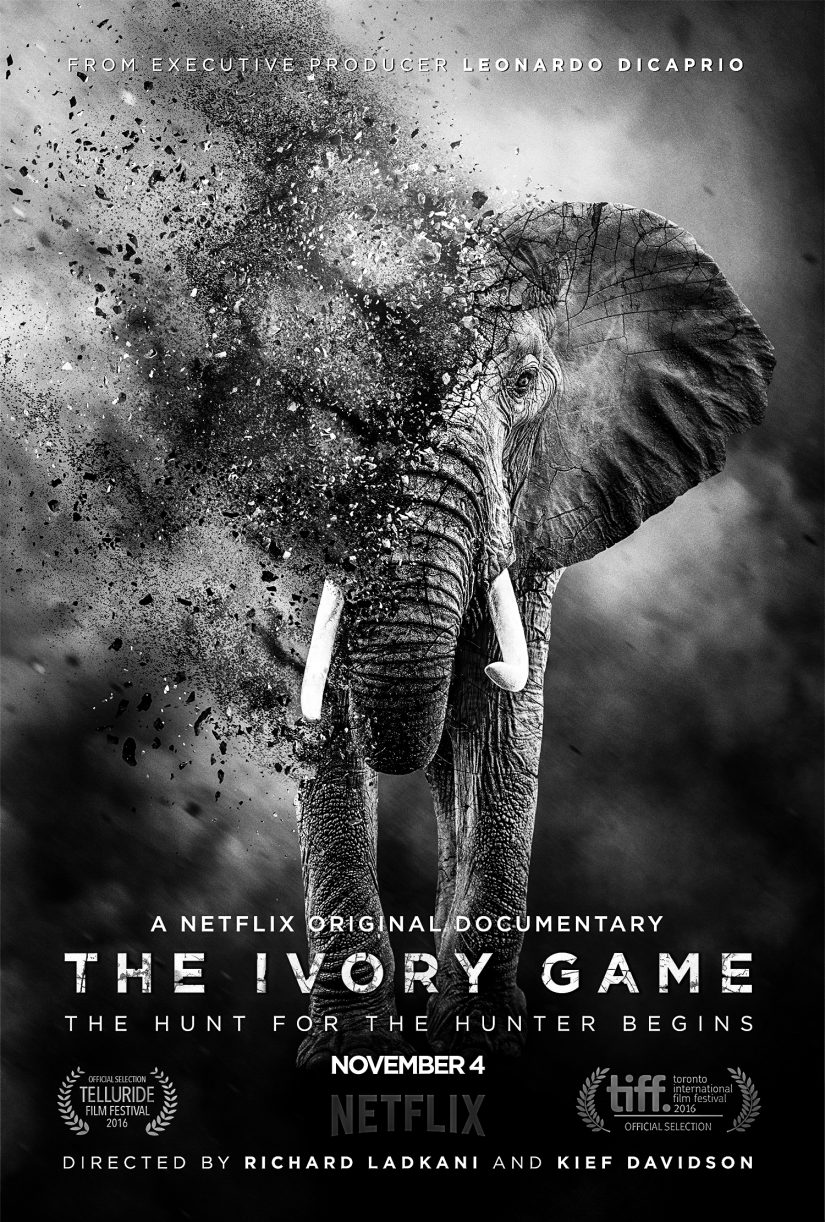
Therefore, in my speech in Shanghai, when I talked of the three biggest dangers to the planet’s biodiversity – I wanted to deliberately talk about Chinese fauna as well as elephants and polar bears. If the Chinese sensibility was parochial, and manifestly it is, then it seemed wise to talk about the animals they can relate to and to some extent appear to care about – like the Panda Bear and the Siberian Tiger.
Both animals face extinction in the wild and the Chinese are – now at the margin – recognising that this would be a shame and allocating them protected land. There are now several conservation areas around Chengdu for Pandas, and the Siberian Tiger – whose numbers in the true wild (East Russia and North East China) are down to mid three digits, is now better protected than it was.
The Ivory Games has been a success, both as a film for its producer Leonardo DiCaprio, but far more importantly in helping bring about a ban on the Ivory trade in China at the end of last year.
This is a pivotal moment in the poaching war but sadly there is a far bigger monster coming over the hill.
That monster is not – in my view – global warming. I am not a doubter, but as we shiver through a very harsh winter across most of the Northern hemisphere, we are gently reminded that weather patterns are not linear.
The big monster is simply population growth and habitat loss. This is true in Kenya where the population grows by over 1 million a year and also true of north east China and north east Russia where logging activity and urbanisation are more a threat to the tiger than poachers. The world’s population continues to grow and there is not much we can do about it. There are no solutions to stop population growth, there are only antidotes to the probable repercussions. It is slap dash to couple this threat with global warming – one is empirically unquestionable on a daily basis, whilst the other – on a year by year basis – has blips. It snowed in the Sahara last month.
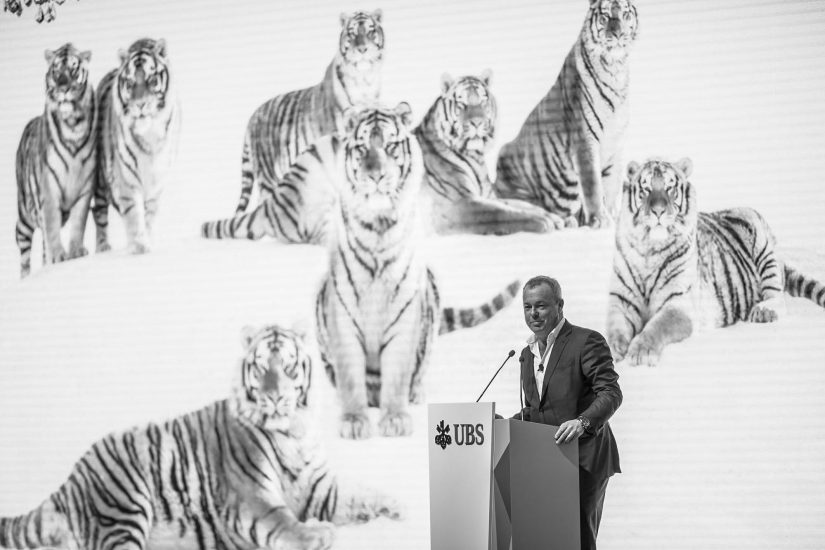
The world is full of romanticists – they can be heavily critical of protected reserves and zoos but the brutal reality is that this is the future we face. The world has moved on and just as we must get used to the end of our high streets as we once knew them, we must also get used to the fact that fauna around the world needs to be protected to survive. Without the protection of animals, they will disappear and whilst meddling with nature is suboptimal and a regression from living with nature, it is better than no nature.
I am not so sure that the binary manner in which some animal activists throw comment of the spectrum of animal habitats is fair or informed. At one extreme, there are just a few pockets of the true wild left – like extreme Alaska or Russia and some parts of Africa – and then at the other extreme there are zoos. In between there are a multitude of variants – many of which work.
Some zoos also work very well – they educate, inform and raise awareness, as well as offer an environment for research and even breeding. Palm Beach Zoo being a case in point.
Consensus is rarely found in Africa – either politically or in conservation. Rwanda is often held up as a paragon in Africa and President Paul Kagame has won international praise for the stability and economic development he has brought to Rwanda since the 1994 genocide, when an estimated 800,000 people were killed, but he has also been accused of running an authoritarian, one-party state. He may have won a 99% landslide in the recent election but he has many detractors.
In Virunga National Park in the north of the country, the mountain gorilla population (480) is on the rise and just as in government, the Rwandan efforts in building a dedicated ranger team have been widely applauded. But again, there are critics who argue that it is a

moot point as to whether the National Park, in charging visitors an astonishing $1500 a day to trek up and spend an hour with a troop at around 11 o’clock every morning, has taken away some of the spirituality of the place. It could be seen as smart conservation or it could be seen as blatant exploitation that introduces elitism and pattern to animal encounters.
I would argue that the only number that matters is the 480 not the 11 am or the $1500. The most important issue surely is the end game, not how we get there. Rwanda is still very much a wild experience and an exceedingly difficult one for a fine art photographer. I have been up that mountain nine times in the last six years and only really captured one strong image. Guaranteed animal sightings do not guarantee art – in fact it could work the other way around. Art should not be about decisive moments – that is reportage, rather it is about making everyday moments evocative.
I am proud to have been asked recently to become an ambassador for WildArk (www.wildark.com) – a conservation initiative
set up by successful Australians who are actively buying land to then preserve its wildness. To pragmatists, this is the future – in Africa and Alaska. If habitat loss is now the big threat, then intuitively it is important to secure more habitat and lock it down. We raised $25,000 for WildArk in Shanghai
– a nice start, but just a drop in the ocean if the game is to buy land.
These thoughts were front central when I flew three hours north from Shanghai to visit a Siberian tiger sanctuary. I had arranged special access, fixers, interpreters and more disposable hand warmers than would be available in the best equipped ski resort. When you leave the plane, the temperature drop hits you in a second. There is the cold, then there is brick wall cold. This was very much the latter.
I saw the good and the bad at the sanctuary – which was probably about the size of 20 frozen football pitches layered with a foot of snow. This is not a large amount of land, but neither is it an insignificant amount. The Chinese managers of this charmless and solemn block of tundra will not be winning any Jane Goodall or Dian Fossey
awards, but then again, how does one judge their conservation status? This certainly is not a petting centre – these tigers are vicious killers and their behaviour does not appear to be anything other than wild. They are well fed and appear healthy and meanwhile few can deny that they are certainly living out their time in the very same climate in which the species once thrived. Meanwhile, parks like this will always allow local Chinese children to see tigers that are not in zoos. And see them for $30 not $1500 as with the gorillas in Rwanda. At the margin, will their visits not encourage them to have greater sensibility when they grow up to the plight of the elephant 6,000 miles away? It surely can’t do any harm and in my mind, that is the winning argument.
I think it may be time to give the Chinese a bit of a break with regard to conservation. From an admittedly low base, there is now change. As that sign in Shanghai says: “Freedom, lofty aspiration, seeing intelligence, modesty and harmony.”


